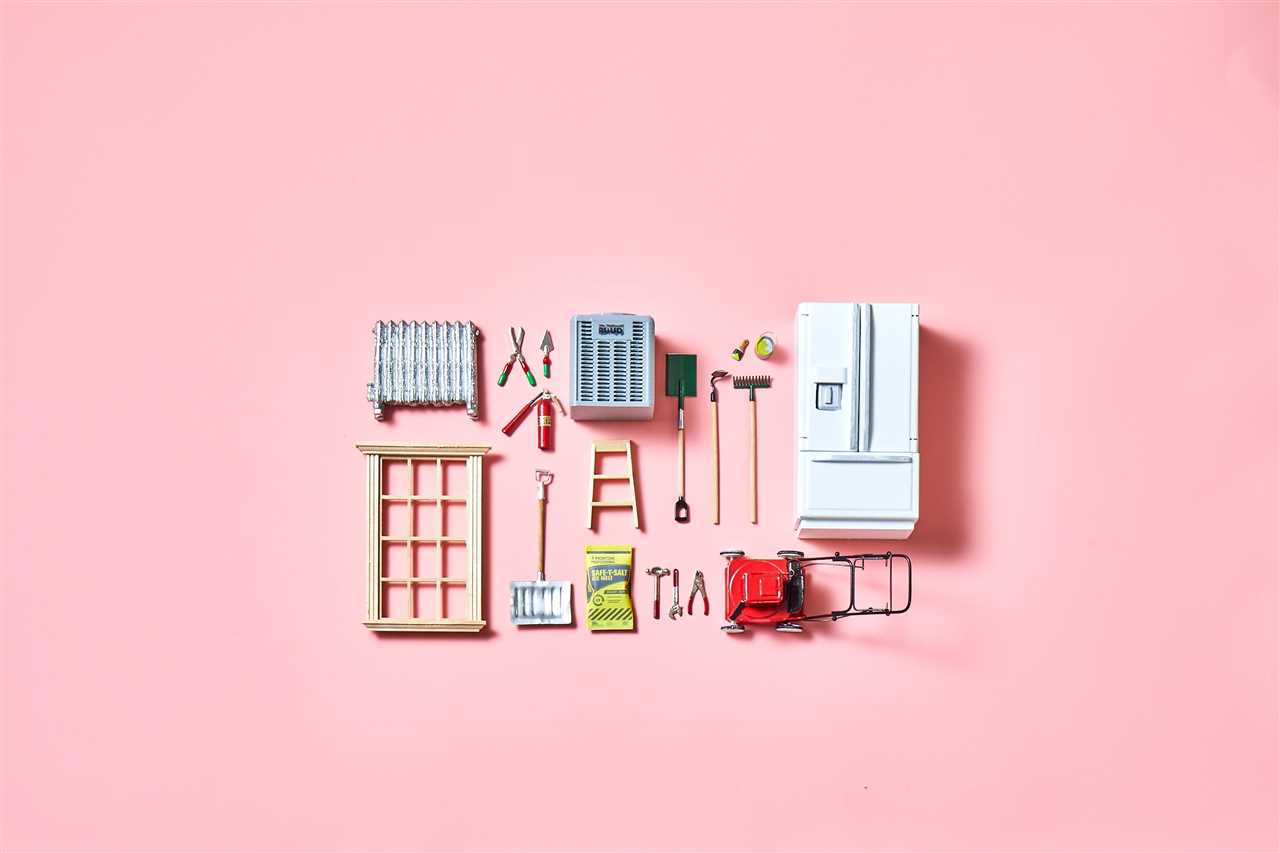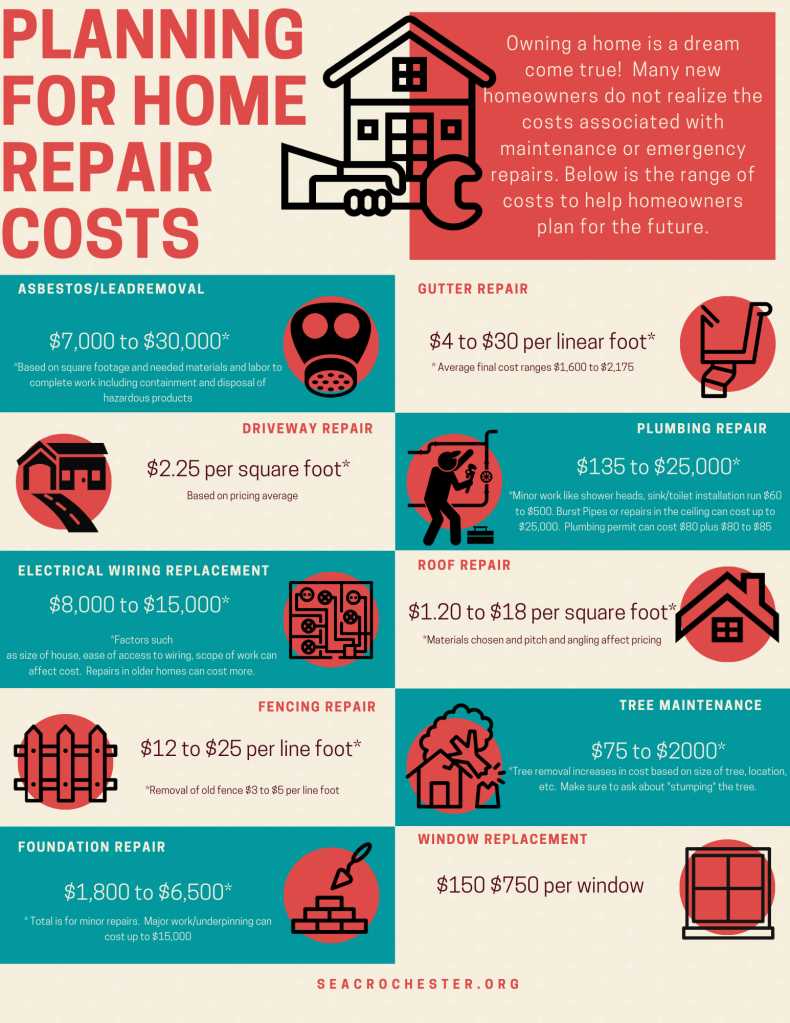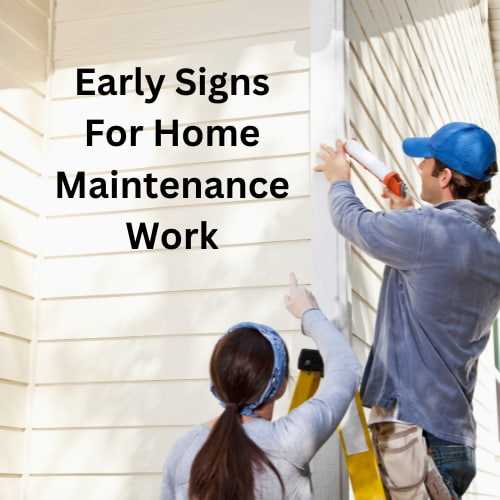Importance of Regular Maintenance

Regular maintenance is crucial for the longevity and functionality of your house. By performing routine maintenance tasks, you can prevent small issues from turning into major problems that can be costly to repair. Regular maintenance not only helps to keep your house in good condition, but it also ensures the safety and comfort of you and your family.
Benefits of Regular Maintenance
There are several benefits to regularly maintaining your house:
- Prevent Costly Repairs: Regular maintenance allows you to identify and fix small issues before they become major problems. This can save you a significant amount of money in the long run.
- Enhance Safety: Regular maintenance helps to identify potential safety hazards such as faulty wiring or leaky pipes. By addressing these issues promptly, you can ensure the safety of your family and prevent accidents.
- Improve Energy Efficiency: Regular maintenance of your HVAC system, insulation, and windows can help improve energy efficiency. This can lead to lower energy bills and a more comfortable living environment.
- Preserve Property Value: Regular maintenance helps to preserve the value of your property. A well-maintained house is more attractive to potential buyers and can fetch a higher price if you decide to sell.
Creating a Maintenance Schedule
To ensure that you don’t overlook any important maintenance tasks, it’s a good idea to create a maintenance schedule. This schedule should include regular tasks such as cleaning gutters, inspecting the roof, servicing HVAC systems, and checking for leaks. By following a maintenance schedule, you can stay on top of necessary tasks and keep your house in optimal condition.
| Task | Frequency |
|---|---|
| Cleaning Gutters | Twice a year (spring and fall) |
| Inspecting Roof | Annually |
| Servicing HVAC Systems | Annually |
| Checking for Leaks | Monthly |
By following a regular maintenance schedule and addressing any issues promptly, you can ensure that your house remains in good condition and avoid costly repairs in the future.
House Maintenance Checklist
Regular house maintenance is essential for keeping your home in good condition and preventing costly repairs down the line. To help you stay on top of your house maintenance tasks, here is a comprehensive checklist:
| Area | Task | Frequency |
|---|---|---|
| Exterior | Inspect and clean gutters and downspouts | Twice a year |
| Exterior | Check and repair any cracks in the foundation | Annually |
| Exterior | Inspect and repair any damaged siding or paint | As needed |
| Roof | Inspect for any missing or damaged shingles | Annually |
| Roof | Clean and remove any debris | Twice a year |
| Plumbing | Check for leaks in faucets, toilets, and pipes | Monthly |
| Plumbing | Flush water heater to remove sediment | Annually |
| Electrical | Test and reset ground fault circuit interrupters (GFCIs) | Monthly |
| Electrical | Replace any burnt-out light bulbs | As needed |
| Interior | Clean and vacuum air vents and ducts | Annually |
| Interior | Inspect and replace HVAC filters | Every 1-3 months |
| Interior | Check and repair caulking around windows and doors | Annually |
By following this house maintenance checklist, you can ensure that your home remains in good condition and avoid any major issues. Remember to schedule regular inspections and address any problems promptly to maintain the value and comfort of your home.
Exterior Maintenance
Roof

Siding
Inspect your siding for any cracks, dents, or loose pieces. Damaged siding can allow moisture to seep into your home, leading to mold and rot. Repair or replace any damaged sections to maintain the integrity of your home’s exterior.
Gutters

Clean and inspect your gutters regularly to ensure they are free from debris and functioning properly. Clogged gutters can cause water to overflow and damage your roof, siding, and foundation. Consider installing gutter guards to prevent debris buildup.
Windows and Doors
Check your windows and doors for any cracks, gaps, or damaged seals. Properly sealed windows and doors help maintain energy efficiency and prevent drafts. Replace any damaged weatherstripping or caulking to keep your home well-insulated.
Landscaping
Maintain your landscaping by trimming trees and shrubs away from your home. Overgrown vegetation can cause damage to your siding, roof, and foundation. Regularly mow your lawn, remove weeds, and keep your outdoor spaces clean and well-maintained.
Paint and Finishes
Inspect the exterior paint and finishes of your home for any signs of peeling, cracking, or fading. Repaint or touch up as needed to protect your home from weather damage and maintain its appearance.
| Exterior Maintenance Checklist: |
|---|
| Inspect roof for damage |
| Check siding for cracks or loose pieces |
| Clean and inspect gutters |
| Inspect windows and doors for gaps or damage |
| Maintain landscaping |
| Inspect and touch up exterior paint and finishes |
By following these exterior maintenance tips and regularly checking and maintaining your home’s exterior, you can ensure that your property remains in good condition, protecting your investment and providing a safe and comfortable living environment.
Interior Maintenance
1. Cleaning
Regular cleaning is crucial to maintain a healthy and pleasant living environment. Dusting, vacuuming, and mopping should be done on a regular basis to remove dirt, dust, and allergens. Pay special attention to high-traffic areas and frequently touched surfaces.
2. Inspections
Regular inspections of the interior of your house can help identify any issues or potential problems. Check for signs of water damage, leaks, cracks, or pest infestations. Inspect the walls, ceilings, floors, and windows to ensure they are in good condition.
3. HVAC System
Proper maintenance of your heating, ventilation, and air conditioning (HVAC) system is crucial for maintaining indoor air quality and ensuring optimal comfort. Change air filters regularly, clean air vents, and schedule professional inspections and maintenance as recommended by the manufacturer.
4. Electrical System
Regularly inspect your electrical system for any signs of wear or damage. Check outlets, switches, and light fixtures for loose connections or faulty wiring. If you notice any issues, it is important to address them promptly to prevent electrical hazards.
5. Plumbing System
Maintaining your plumbing system is essential to prevent leaks, water damage, and costly repairs. Inspect pipes, faucets, and toilets for any leaks or signs of damage. Ensure that drains are clear and functioning properly. Consider scheduling regular professional plumbing inspections.
6. Interior Finishes
Inspect the interior finishes of your house, including walls, ceilings, and flooring. Look for any cracks, peeling paint, or stains. Address any issues promptly to prevent further damage and maintain the aesthetic appeal of your home.
By following these interior maintenance tips, you can ensure that your house remains in excellent condition and provides a comfortable and safe living environment for you and your family.
Plumbing and Electrical Systems
Proper maintenance of your house’s plumbing and electrical systems is crucial for the overall functionality and safety of your home. Neglecting these systems can lead to costly repairs and potential hazards. Here are some important tips to keep in mind:
Plumbing Maintenance
Regularly inspect your plumbing system for any leaks, drips, or signs of water damage. Fixing small issues early on can prevent them from turning into major problems later. It’s also essential to clean out your drains and pipes to prevent clogs and blockages.
Consider installing water-saving fixtures, such as low-flow toilets and showerheads, to reduce water consumption and lower your utility bills. Additionally, insulating your pipes can help prevent freezing during cold weather and save energy.
It’s a good idea to have your water heater inspected and serviced annually to ensure it’s functioning properly and efficiently. Flushing the tank regularly can help remove sediment buildup and prolong its lifespan.
Electrical System Maintenance
Test your smoke detectors and carbon monoxide detectors regularly to ensure they are working correctly. Replace batteries as needed and replace the entire unit every 10 years.
Consider installing surge protectors to safeguard your electronic devices and appliances from power surges. Unplug any unused electronics to reduce the risk of electrical fires and save energy.
| Plumbing Maintenance Tips | Electrical System Maintenance Tips |
|---|---|
| Regularly inspect for leaks and water damage | Check for wear or damage in the electrical system |
| Clean out drains and pipes | Test smoke detectors and carbon monoxide detectors |
| Install water-saving fixtures | Install surge protectors |
| Insulate pipes to prevent freezing | Unplug unused electronics |
| Have water heater inspected and serviced annually |
By following these maintenance tips, you can ensure that your plumbing and electrical systems are in good working order, promoting the longevity and safety of your home.

Emily Bibb simplifies finance through bestselling books and articles, bridging complex concepts for everyday understanding. Engaging audiences via social media, she shares insights for financial success. Active in seminars and philanthropy, Bibb aims to create a more financially informed society, driven by her passion for empowering others.
